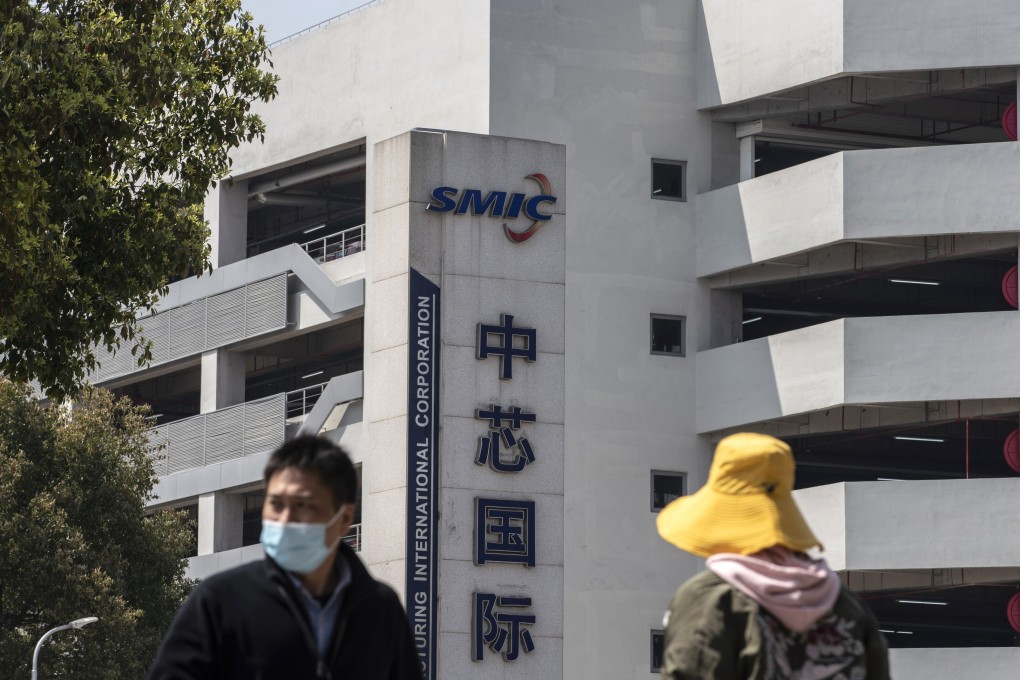Shanghai’s SMIC leads Chinese foundries in market share grab amid ongoing chip shortage
- SMIC maintained its No 5 position among the top 10 largest global foundries in terms of revenue with a 5 per cent market share in the first quarter
- Samsung, the No 2 foundry, saw its revenue drop after power outages in Texas in February halted production at one of its lines for a month

SMIC, mainland China’s most advanced foundry, maintained its No 5 position among the top 10 largest global foundries in terms of revenue with a 5 per cent market share in the first quarter, a 1 percentage point increase from the previous quarter, according to the report published on Monday.
HHGrace and HLMC, both subsidiaries of Shanghai Hua Hong Group, each held 1 per cent market share, unchanged from the last quarter of 2020, but combined pushed Hua Hong up to 6th place from No 9 in the previous quarter.
The world’s No 1 foundry, Taiwan Semiconductor Manufacturing Co (TSMC), saw its market share edge up to 55 per cent in the first quarter from 54 per cent in the previous quarter.
Korea’s Samsung Electronics, the No 2 foundry, saw its market share and revenue drop after power outages in the US state of Texas in February halted production at one of its lines for a month. Taiwan’s UMC ranked third globally, followed by US-based GlobalFoundries.